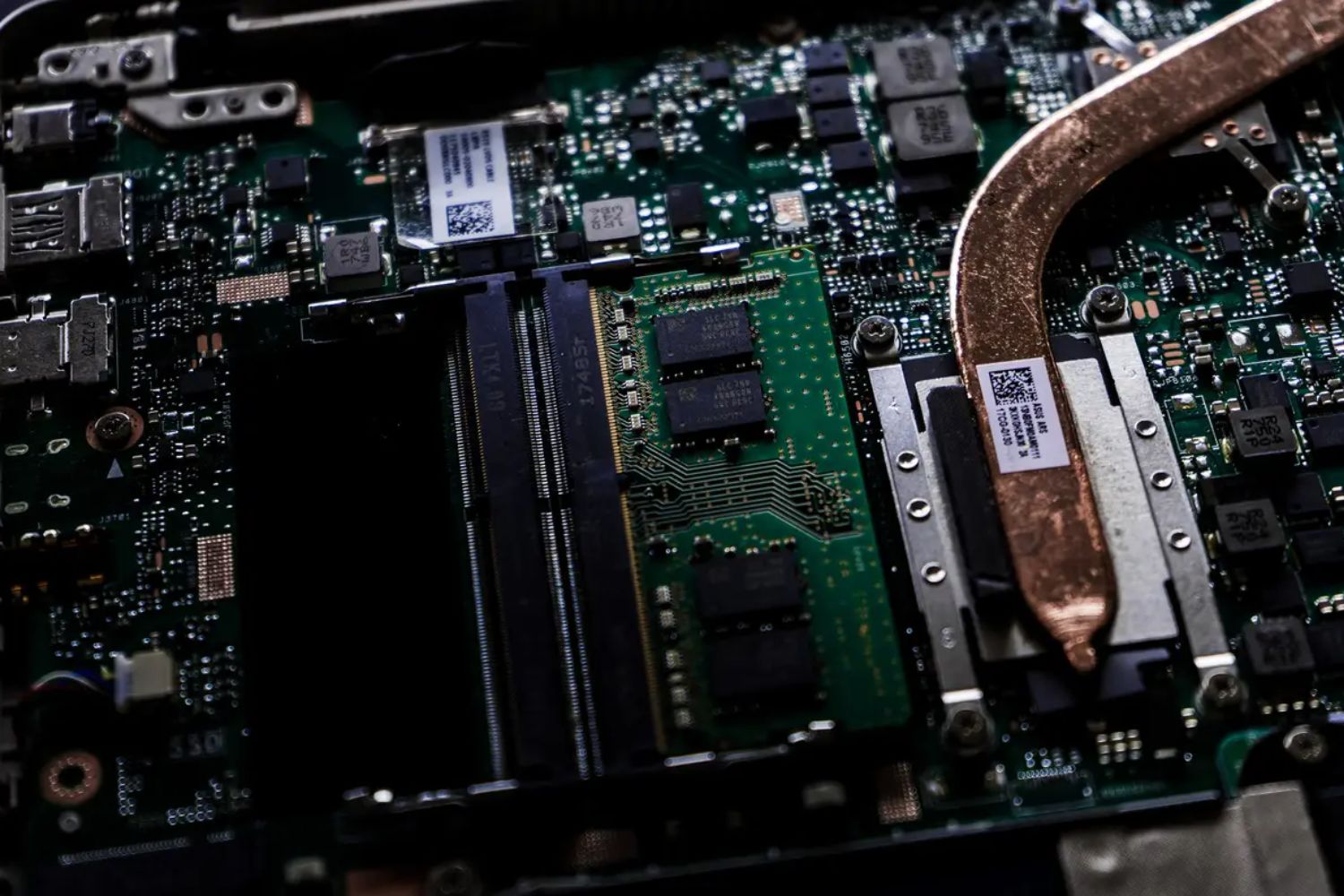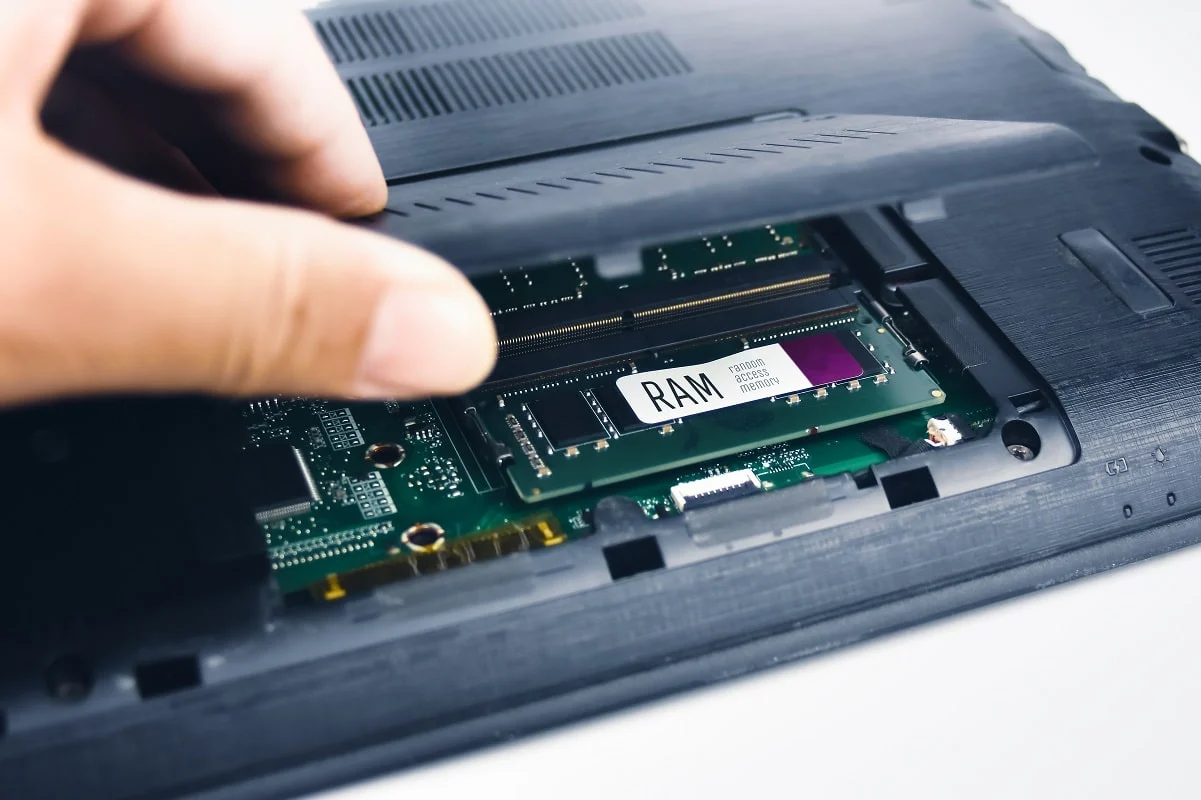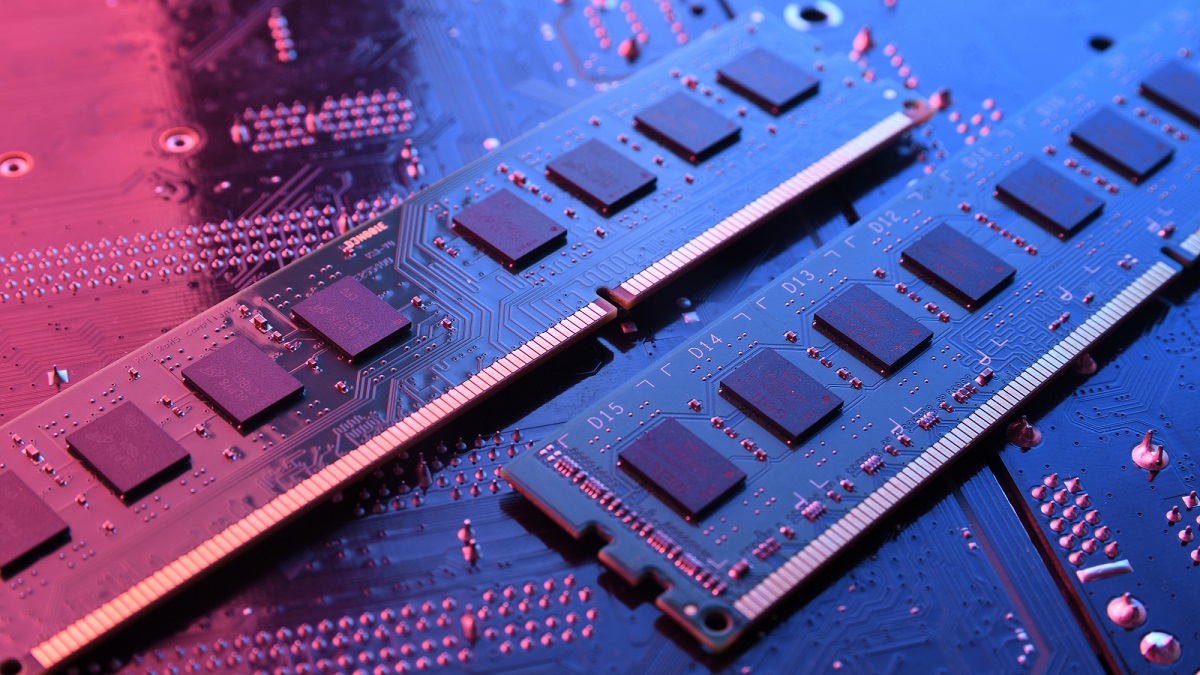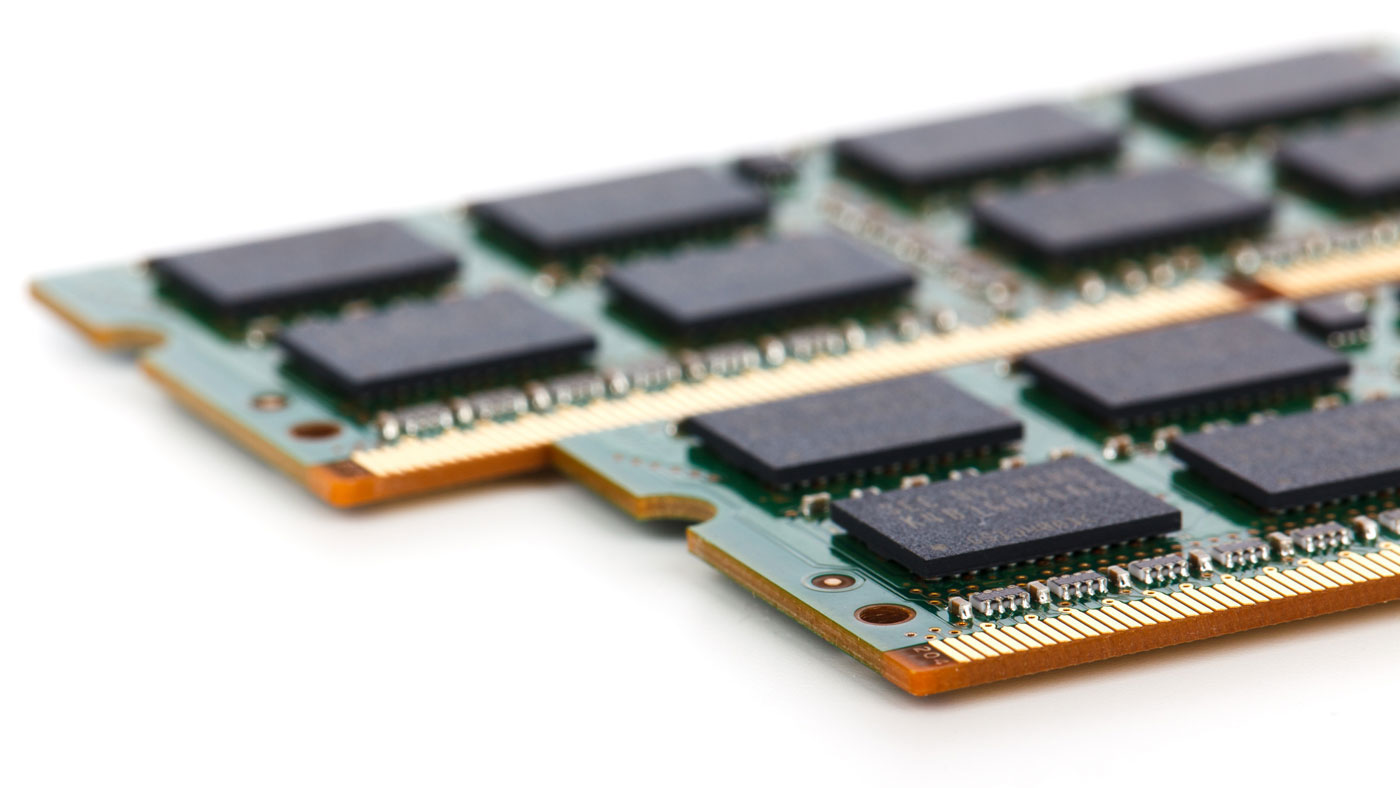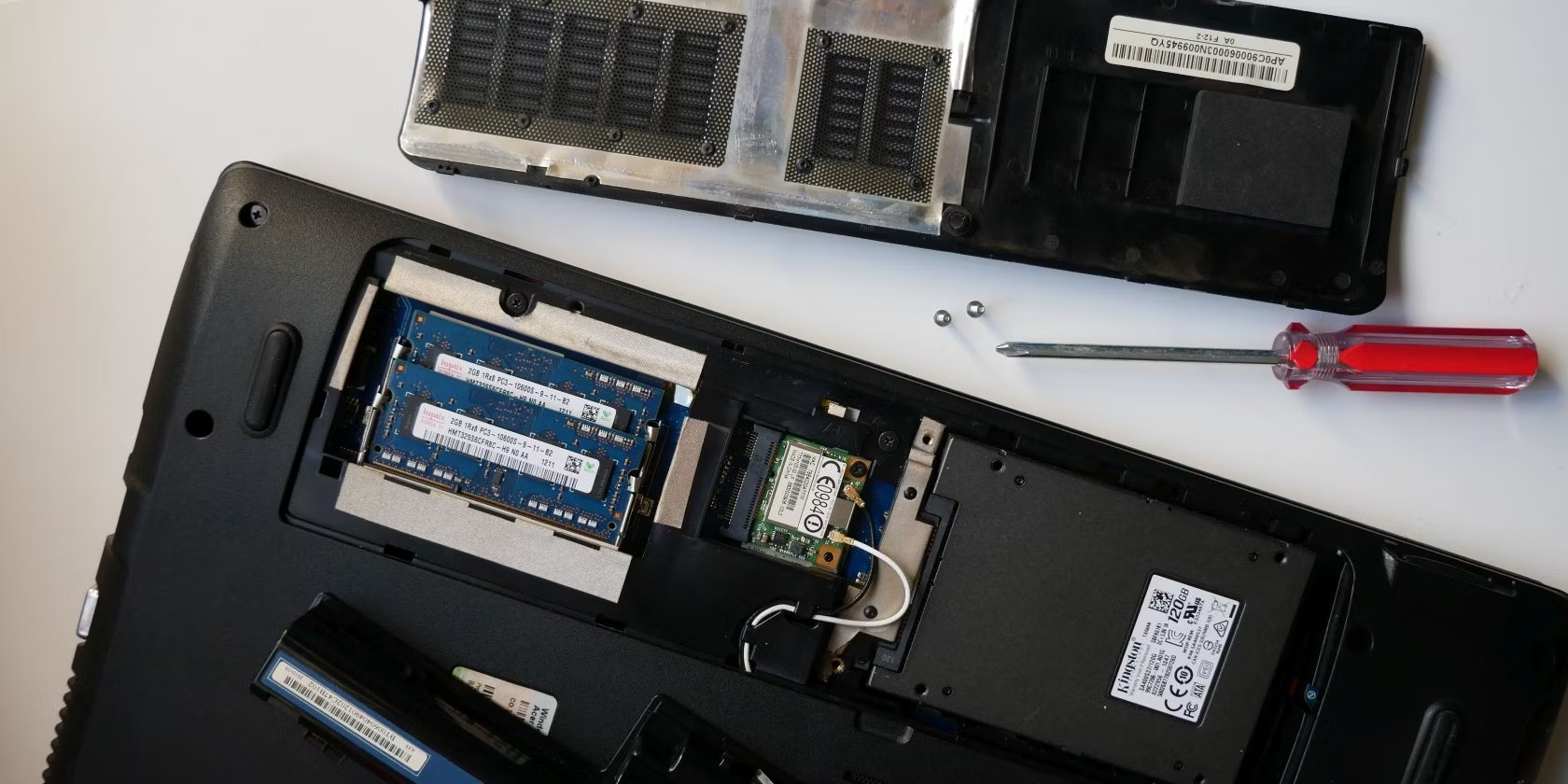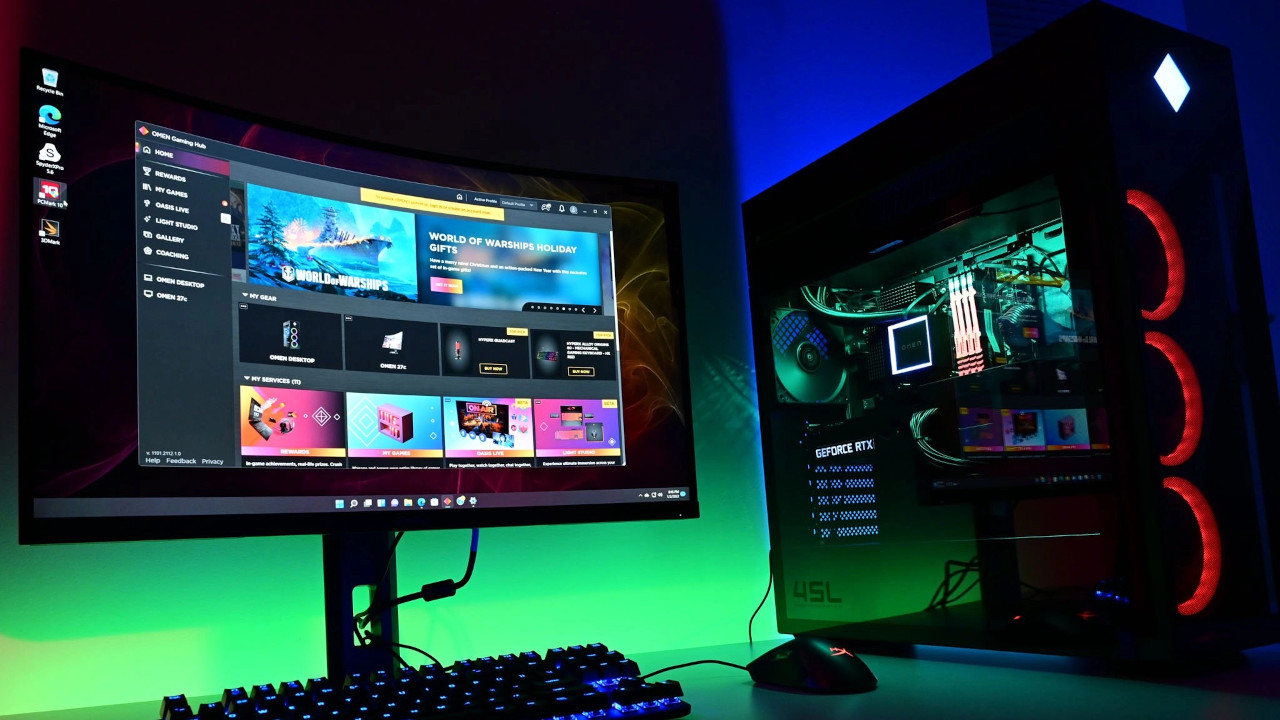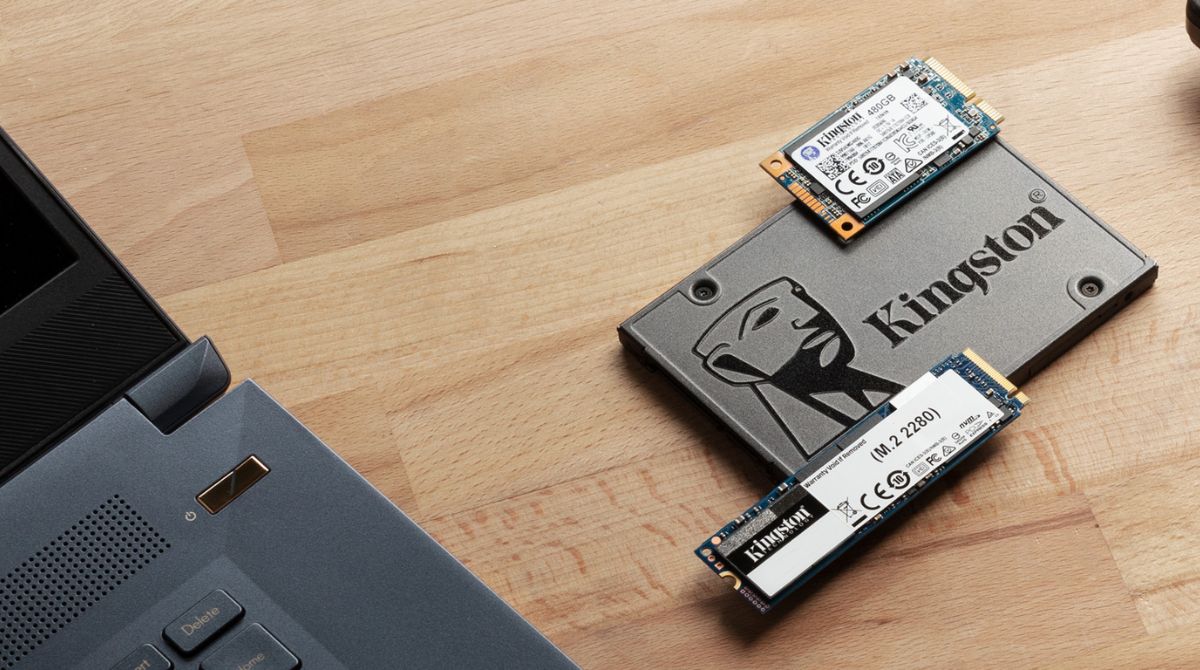Introduction
Video editing has become increasingly popular in recent years, as more and more people are getting creative and exploring the world of visual storytelling. Whether you are a professional videographer or an enthusiastic hobbyist, having the right tools and equipment is crucial for achieving high-quality results. When it comes to video editing, one of the most important factors to consider is the amount of RAM (Random Access Memory) your computer has.
RAM plays a vital role in the video editing process as it provides temporary storage for the data that the editing software needs to work with. This includes video files, effects, transitions, and other elements that contribute to the overall editing experience. Having an adequate amount of RAM ensures smooth and efficient video editing, allowing you to work with multiple tracks, apply complex effects, and render videos in a timely manner.
However, determining the exact amount of RAM you need for video editing can be a bit challenging. It depends on various factors such as the resolution and format of the videos you work with, the complexity of your editing projects, and the specific video editing software you use. In this article, we will explore the basics of RAM, factors that affect RAM requirements for video editing, minimum and recommended RAM requirements for popular video editing software, tips for optimizing RAM usage, and the benefits of upgrading your RAM for better video editing performance.
RAM Basics
Before diving into the specifics of RAM requirements for video editing, it’s important to have a basic understanding of what RAM is and how it works. RAM, or Random Access Memory, is a type of computer memory that is used to store data that is actively being used by the computer’s processor. Unlike the computer’s hard drive, which stores data for long-term storage, RAM provides temporary storage that can be accessed quickly.
RAM is essential for the smooth functioning of your computer and its applications. When you open a video editing software program, it loads various components into RAM to ensure smooth and efficient operation. This includes the video clips or footage you are working with, as well as any effects, transitions, or filters that you apply. Having enough RAM allows the software to access and process this data quickly, resulting in a seamless editing experience.
The amount of RAM your computer has directly impacts its performance and capabilities, particularly when it comes to resource-intensive tasks like video editing. Insufficient RAM can lead to laggy playback, slow rendering times, and overall decreased productivity. On the other hand, having an adequate amount of RAM ensures that your computer can handle the demands of video editing software without any hiccups.
It is worth noting that RAM is different from storage capacity. While your computer’s hard drive provides long-term storage for files, programs, and the operating system, RAM is focused on short-term storage and quick access to data. In other words, having a higher RAM capacity does not automatically mean you can store more files or programs on your computer. However, it does allow your computer to handle more demanding tasks, such as video editing, with ease.
When it comes to RAM, there are two main factors to consider: capacity and speed. RAM capacity refers to the amount of memory available for storing data, while RAM speed determines how quickly the data can be accessed and processed. Both capacity and speed play a role in determining the overall performance of your computer during video editing tasks.
Overall, having a solid understanding of RAM basics is essential for making informed decisions about the amount of RAM you need for video editing. In the next sections, we will delve into the factors that can affect your RAM requirements and provide specific recommendations for different levels of video editing projects.
Factors Affecting RAM Requirements for Video Editing
Several factors can influence the amount of RAM you need for video editing. Understanding these factors will help you determine the optimal RAM configuration for your specific editing needs.
Video Resolution and Format: The resolution and format of the videos you work with have a significant impact on RAM requirements. Higher resolutions, such as 4K or even 8K, require more RAM because the editing software needs to process a larger amount of data. Similarly, working with compressed formats like H.264 may require less RAM compared to working with uncompressed formats like ProRes.
Project Complexity: The complexity of your editing projects can also affect your RAM requirements. If you’re editing simple videos with minimal effects and transitions, you may need less RAM compared to projects that involve multiple high-resolution tracks, intricate effects, and heavy compositing.
Multi-tasking: If you tend to have multiple applications running simultaneously while editing, such as editing software, a web browser, and other resource-intensive programs, you’ll need more RAM to ensure smooth multitasking. This is especially crucial if you frequently switch between applications or perform background tasks while editing.
Operating System: The operating system you use can also impact RAM requirements. Newer versions of operating systems tend to be more demanding on system resources, including RAM. It’s important to research and ensure that your computer meets the recommended RAM specifications for both your video editing software and operating system.
Virtual Memory: Virtual memory, also known as page file size, is a reserved space on your hard drive that your computer uses as additional memory when RAM is full. However, relying too heavily on virtual memory can significantly slow down your editing process. To avoid excessive reliance on virtual memory, it’s advisable to have enough physical RAM to accommodate your editing needs.
Simultaneous Applications: If you anticipate using other resource-intensive applications while editing, such as graphic design software or 3D modeling programs, you may need additional RAM to handle the cumulative demand from all the applications running simultaneously.
Considering these factors will help you determine the appropriate amount of RAM needed for your video editing work. In the next section, we will explore the minimum RAM requirements for various popular video editing software.
Minimum RAM Requirements for Various Video Editing Software
Different video editing software have varying minimum RAM requirements. It is essential to understand these requirements to ensure smooth and efficient editing performance. Here, we will discuss the minimum RAM requirements for some popular video editing software.
Adobe Premiere Pro: Adobe Premiere Pro is a widely used professional video editing software. The minimum recommended RAM for smooth performance is 8 GB, but for working with high-resolution footage and complex projects, 16 GB or more is recommended.
Final Cut Pro: Final Cut Pro is a popular video editing software for Mac users. Apple recommends a minimum of 8 GB of RAM but suggests that 16 GB or more is ideal for working with larger projects or 4K resolution footage.
DaVinci Resolve: DaVinci Resolve is known for its advanced color correction and grading capabilities. Blackmagic Design, the developer of DaVinci Resolve, recommends a minimum of 16 GB of RAM for HD projects and 32 GB or more for 4K or higher resolution workloads.
Sony Vegas Pro: Sony Vegas Pro offers a comprehensive set of video editing tools. For smooth editing performance, the minimum RAM requirement is 8 GB, but 16 GB or more is recommended for handling larger projects and high-resolution footage.
Adobe After Effects: While not a dedicated video editing software, Adobe After Effects is widely used for motion graphics and visual effects. Adobe recommends a minimum of 16 GB of RAM, but for complex projects or working with high-resolution compositions, 32 GB or more is recommended.
These are just a few examples, and the minimum RAM requirements can vary depending on the specific versions and features of the software. It is essential to check the official documentation or system requirements provided by the software developers to ensure your computer meets the minimum RAM specifications.
Keep in mind that these are minimum requirements, and to achieve optimal performance, it is often advisable to have more RAM than the minimum recommended. Additionally, if you plan to work with multiple applications simultaneously or on more demanding projects, you may need to further increase your RAM capacity.
In the next section, we will discuss the recommended RAM for different levels of video editing projects.
Recommended RAM for Different Levels of Video Editing
The recommended amount of RAM for video editing depends on the complexity and scale of your projects. Here, we will provide some general guidelines for different levels of video editing and the corresponding recommended RAM configurations:
Beginner Level: If you are just starting with video editing and working on simple projects with standard definition (SD) or high definition (HD) footage, a minimum of 8 GB of RAM is usually sufficient. This amount of RAM will allow you to perform basic editing tasks without experiencing significant performance issues.
Intermediate Level: For users who are handling more complex projects, such as editing multiple video tracks, applying intermediate-level effects, and working with HD or even 4K footage, a minimum of 16 GB of RAM is recommended. This increased RAM capacity ensures smooth playback and efficient editing performance.
Advanced Level: For professionals or enthusiasts tackling advanced video editing projects that involve extensive multi-track editing, high-resolution footage, complex visual effects, and rendering-intensive tasks, it is advisable to have a minimum of 32 GB of RAM. This allows for seamless editing and faster rendering times, especially when working with large files and applying resource-intensive effects.
It’s important to note that these recommendations may vary depending on the specific software you use, your operating system, and the other factors we discussed earlier. Additionally, if you regularly work with multiple applications simultaneously or engage in other resource-intensive tasks, you may need to consider increasing your RAM capacity further to ensure optimal performance.
While investing in more RAM can significantly improve your video editing experience, it’s essential to consider your overall hardware configuration and other system requirements. For example, having a fast processor, a dedicated graphics card, and a solid-state drive (SSD) can also contribute to a smoother and more efficient editing workflow.
In the next section, we will discuss the benefits of upgrading your RAM for better video editing performance.
Upgrading RAM for Better Video Editing Performance
If you find your current editing setup struggling to keep up with the demands of your video editing projects, upgrading your RAM can be an effective solution. Increasing your RAM capacity can significantly improve performance and allow for smoother and more efficient video editing. Here are some key benefits of upgrading your RAM:
Improved Speed and Responsiveness: One of the main advantages of upgrading your RAM is that it boosts the speed and responsiveness of your video editing software. With more RAM, the software can load and process data more quickly, resulting in smoother playback, faster rendering times, and reduced lag during editing tasks.
Better Multitasking Capability: Video editing often involves working with multiple applications simultaneously, such as editing software, color correction tools, and graphic design programs. Upgrading your RAM allows for better multitasking, as it provides the necessary resources to handle the demand of running multiple resource-intensive applications simultaneously without sacrificing performance.
Enhanced Handling of Large Files: Working with high-resolution footage and large project files can put a strain on your computer’s resources. Insufficient RAM may lead to sluggish performance, frequent crashes, or even inability to handle these files altogether. By upgrading your RAM, you can tackle these challenges and work with larger files more smoothly, ensuring a seamless editing experience.
Optimized Effects and Transitions: Many video editing software rely on RAM to process effects, transitions, and other visual elements smoothly. Insufficient RAM may result in delays or choppy previews when working with complex and resource-intensive effects. With more RAM, you can enjoy real-time previews and smoother application of effects, allowing you to make more precise adjustments to your edits.
Future-Proofing for Higher Demands: As video editing software and technology continue to advance, the demands on your system resources will increase. Upgrading your RAM not only improves your editing experience now but also future-proofs your system to handle more demanding projects and software updates in the coming years. This ensures that your investment in RAM will continue to benefit your video editing workflow in the long run.
When considering a RAM upgrade, it’s essential to check your computer’s compatibility and consult with the manufacturer or a knowledgeable technician. They can help determine the maximum RAM capacity supported by your system and recommend the appropriate type and configuration of RAM modules.
Remember that RAM is just one component of your overall computer setup. While upgrading your RAM can provide noticeable improvements, it should be complemented with other hardware upgrades, such as a fast processor, dedicated graphics card, and a high-speed storage solution, for optimal video editing performance.
In the next section, we will share some valuable tips for optimizing RAM usage in video editing software.
Tips for Optimizing RAM Usage in Video Editing Software
While upgrading your RAM is an effective way to improve video editing performance, there are also several techniques you can employ to optimize RAM usage in your video editing software. These tips can help ensure efficient utilization of your available RAM:
Close Unnecessary Applications: Before launching your video editing software, close any unnecessary applications running in the background. This frees up RAM for your editing software and reduces the strain on your system resources.
Trim Down Media Footage: If you’re working with long video clips, consider trimming them down to the segments you actually need for your project. By reducing the amount of footage in your timeline, you can minimize the RAM required to process and manipulate your media.
Optimize Media Formats: Converting your media files to optimized formats for editing, such as Apple ProRes or Avid DNxHD, can help reduce the strain on your system’s resources. These formats are designed for efficient editing and require less RAM compared to highly compressed formats like H.264.
Utilize Proxy Files: Proxy files are lower-resolution versions of your media that you can use during the editing process to reduce the demand on your system. By working with proxy files, you can conserve RAM and improve overall editing performance. You can switch back to the high-resolution files during the final rendering process.
Limit Real-Time Effects: Real-time effects, such as color grading and complex visual effects, can be resource-intensive and utilize a large amount of RAM. Consider disabling real-time effects during the editing process and only enable them as needed for final adjustments.
Clear Cache and Temporary Files: Video editing software often creates temporary files and cache data during the editing process. Regularly clearing these files can help free up valuable RAM and prevent your system from becoming overloaded with unnecessary data.
Adjust Preview Settings: Lowering the preview resolution or quality settings in your video editing software can reduce the RAM required for real-time playback. This can be especially helpful when working on less demanding sections of your project or performing precise edits that don’t require high-quality preview playback.
Update Software and Drivers: Keeping your video editing software and system drivers up to date ensures compatibility, bug fixes, and optimized performance. Updates often include improvements in RAM utilization and overall stability.
Implementing these optimization techniques can help you make the most of your available RAM and enhance your video editing experience. Remember to strike a balance between maximizing RAM performance and maintaining the necessary quality and precision in your edits.
With these tips in mind, you can optimize your RAM usage and enhance the overall efficiency of your video editing workflow.
Conclusion
RAM is a critical component when it comes to video editing, as it directly impacts the performance and efficiency of your editing workflow. By understanding the basics of RAM, considering the factors that affect RAM requirements, and knowing the minimum and recommended RAM specifications for your video editing software, you can make informed decisions to ensure a smooth and productive editing experience.
Upgrading your RAM can significantly improve video editing performance, providing a faster and more responsive editing environment. It allows for smoother playback, faster rendering times, and seamless multitasking. By optimizing RAM usage through the use of proxy files, trimming down media footage, and utilizing optimized media formats, you can further enhance the efficiency of your editing workflow.
Remember that RAM is just one piece of the puzzle, and a well-rounded computer setup that includes a fast processor, dedicated graphics card, and sufficient storage is crucial for optimal video editing performance. Regularly updating software and drivers, and clearing cache and temporary files, can also help maintain optimal RAM performance.
Ultimately, the amount of RAM you need for video editing depends on the specific requirements of your projects, such as the resolution and complexity of your footage and the software you use. By considering these factors and following the tips provided in this article, you can ensure that your computer has the necessary resources to handle your video editing tasks effectively.
So, whether you’re a beginner, intermediate, or advanced video editor, investing in the right amount of RAM and optimizing its usage will contribute to a smoother, faster, and more efficient video editing experience.









